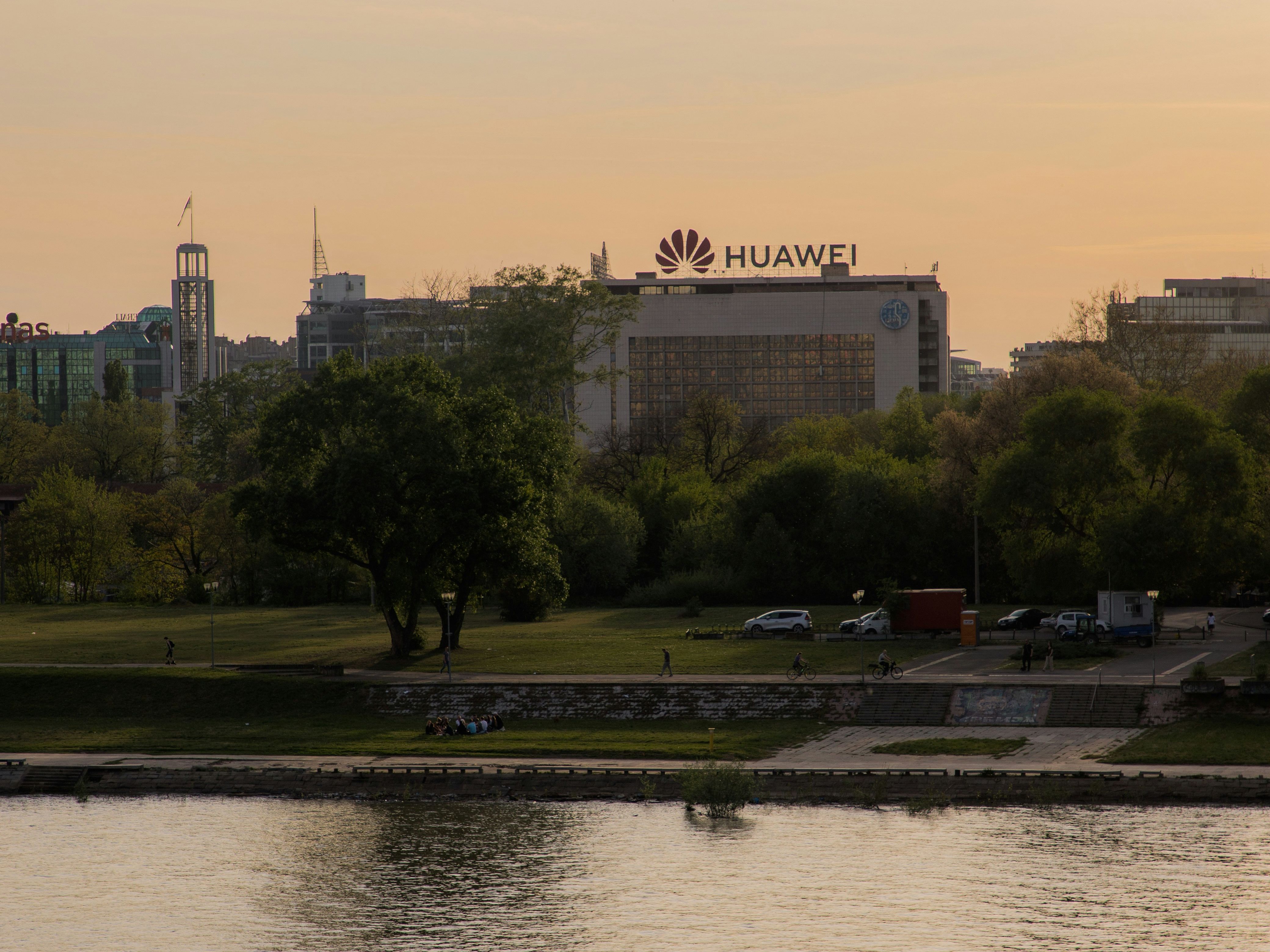[WORLD] The upcoming round of negotiations is poised to play a pivotal role in shaping the outcome of the current pause in the United States-China trade war. However, initial optimism that the 90-day truce would pave the way for a broader agreement has faded following a new move by Washington that escalates tensions.
The temporary ceasefire, brokered during high-level discussions in Geneva, was originally viewed as a major step toward easing hostilities between the world’s two largest economies. Under the agreement, the US significantly lowered tariffs on Chinese goods from 145% to 30%, while China cut its tariffs on American imports from 125% to 10%. Global markets, previously rattled by the trade conflict, responded positively to the de-escalation.
That optimism has been dampened by the US government’s decision to impose a global ban on the use of advanced artificial intelligence chips developed by Chinese firms. The ban is part of a broader American strategy to curtail China's progress in key technology sectors, particularly AI and supercomputing. It specifically targets Chinese companies making notable advancements in high-performance AI hardware—components that are increasingly vital across a range of industries.
The move has drawn criticism from some sectors, with concerns it could hinder global innovation and stifle technological collaboration. Despite the pushback, US officials argue the restrictions are essential for safeguarding national security and preventing the misuse of cutting-edge technologies.
In response, China has threatened retaliatory measures under its anti-foreign sanctions law, signaling it may target individuals or entities involved in enforcing the ban. The warning marks a significant escalation and reflects Beijing’s resolve to defend its domestic tech sector against what it sees as discriminatory US policies.
This latest development adds a new dimension to the already complex trade talks. While both Washington and Beijing have reiterated their interest in avoiding a full economic decoupling, the AI chip ban and China's subsequent threat illustrate the deep divisions that persist.
As the 90-day truce unfolds, attention now turns to whether negotiators can bridge these divides. The outcome of the next round of discussions will be critical in determining whether the temporary pause leads to lasting progress—or if tensions flare once again.















